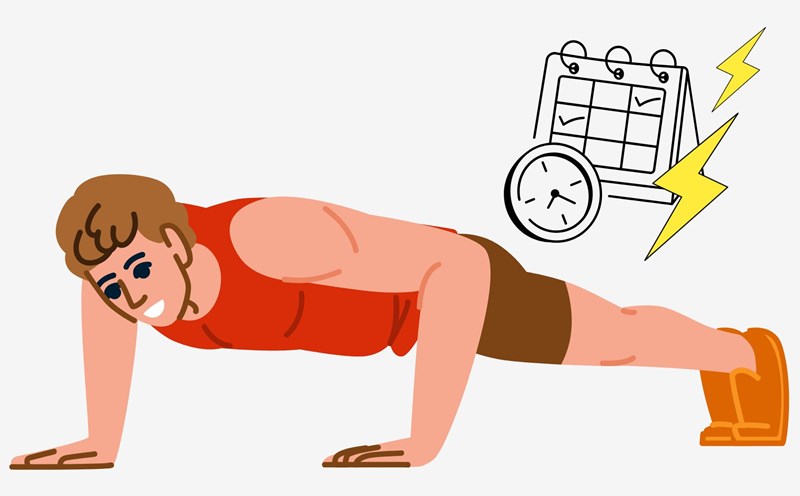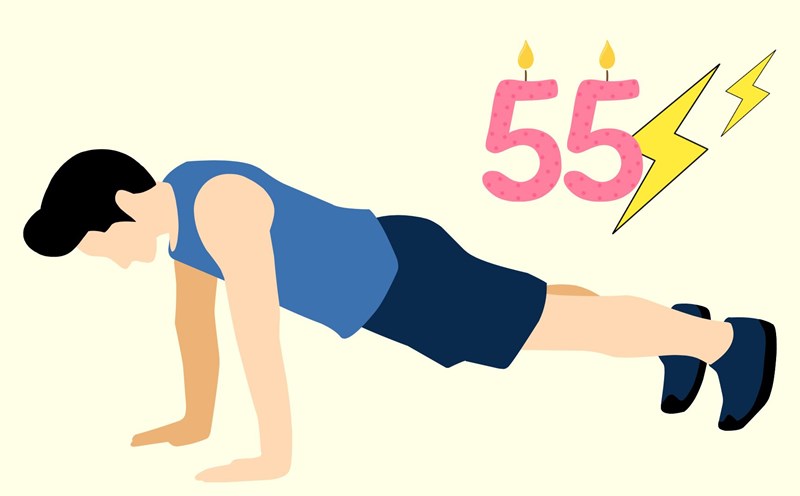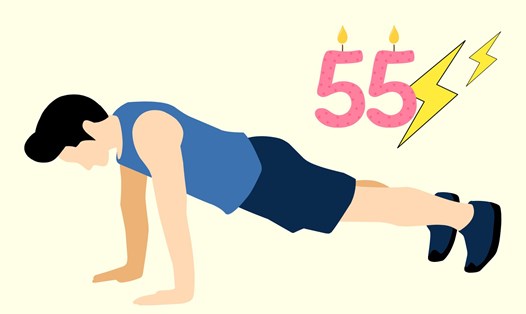After the age of 30, the body begins to experience muscle atrophy, which means a gradual loss of muscle mass. This rate of decline occurs faster after the age of 50, especially affecting rapid muscle fibers, which play an important role in strength and endurance.
Push-ups not only reflect upper body strength but also involve nerve-muscle coordination, shoulder joint stability and body control. Maintaining or improving push-ups can help slow down the age-related muscle deterioration. At the same time, it helps reduce the risk of falls, improve bone density and improve cardiovascular health.
People aged 20 - 30 often achieve the highest push-up resistance level, about 45 - 55 times for men and 30-40 times for women. Although the number of push-ups tends to decrease with age due to natural physiological changes, maintaining or achieving the number of push-ups after the age of 50 reflects strength, endurance and bone health.
For men in their 50s, the average is usually around 15 - 20 push-ups, while those who reach 25 - 30 are considered above average. Men who can do more than 35 consecutive jobs are classified as having good physical strength.
In women of the same age, the average level ranges from 10 to 15 times. If they can do it more than 20 times, they are considered above average and 25 times above the mark of being assessed as being in the group with good physical strength.











